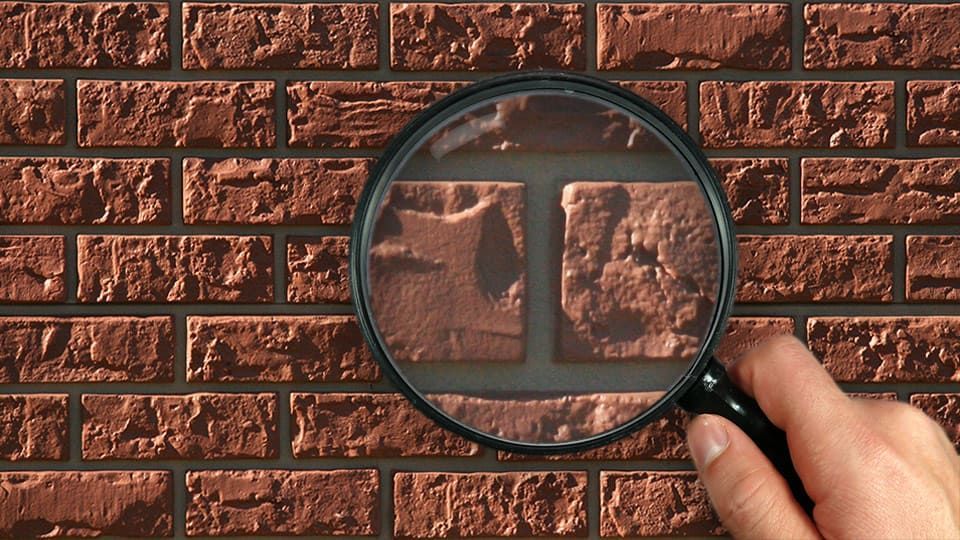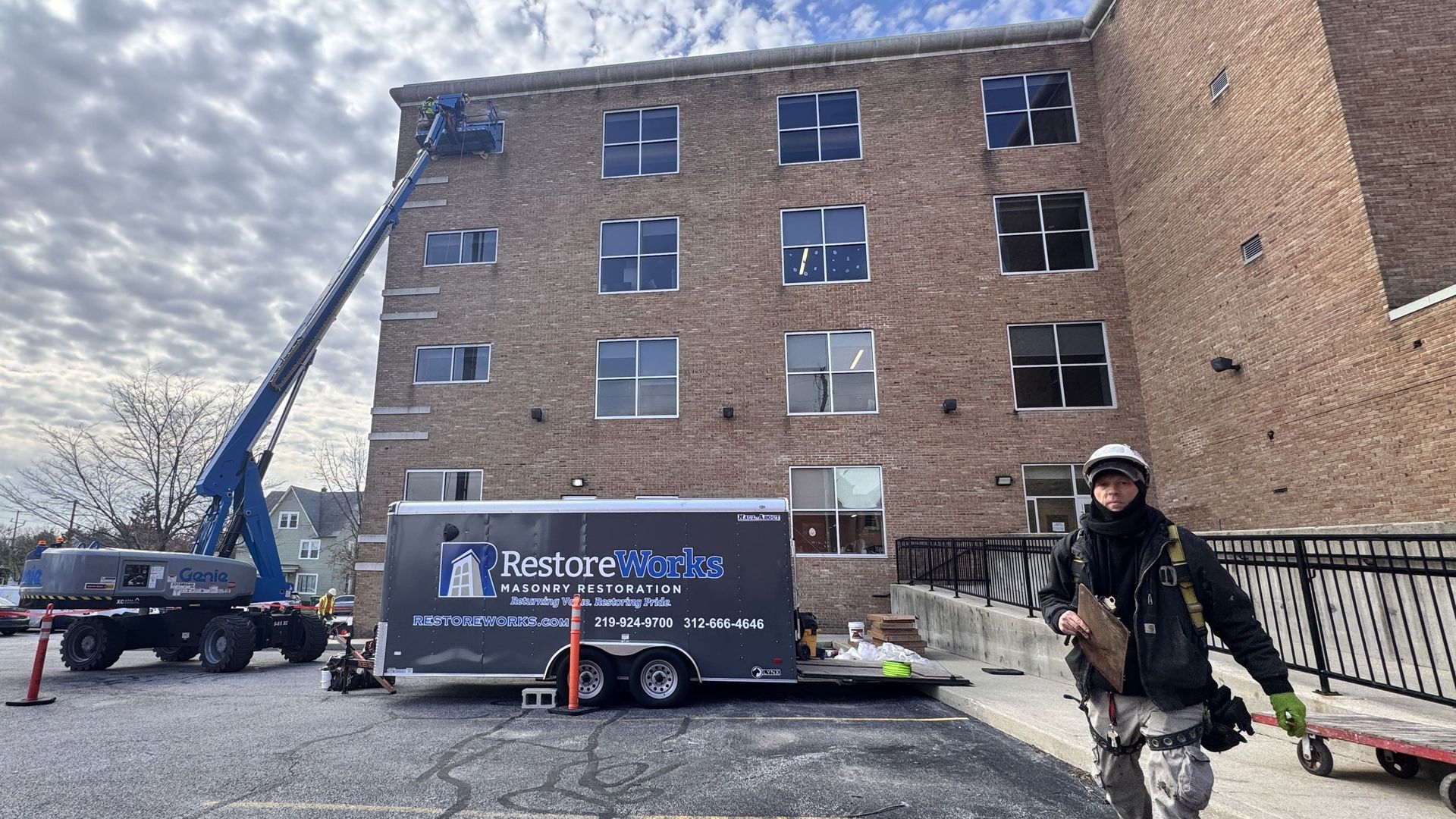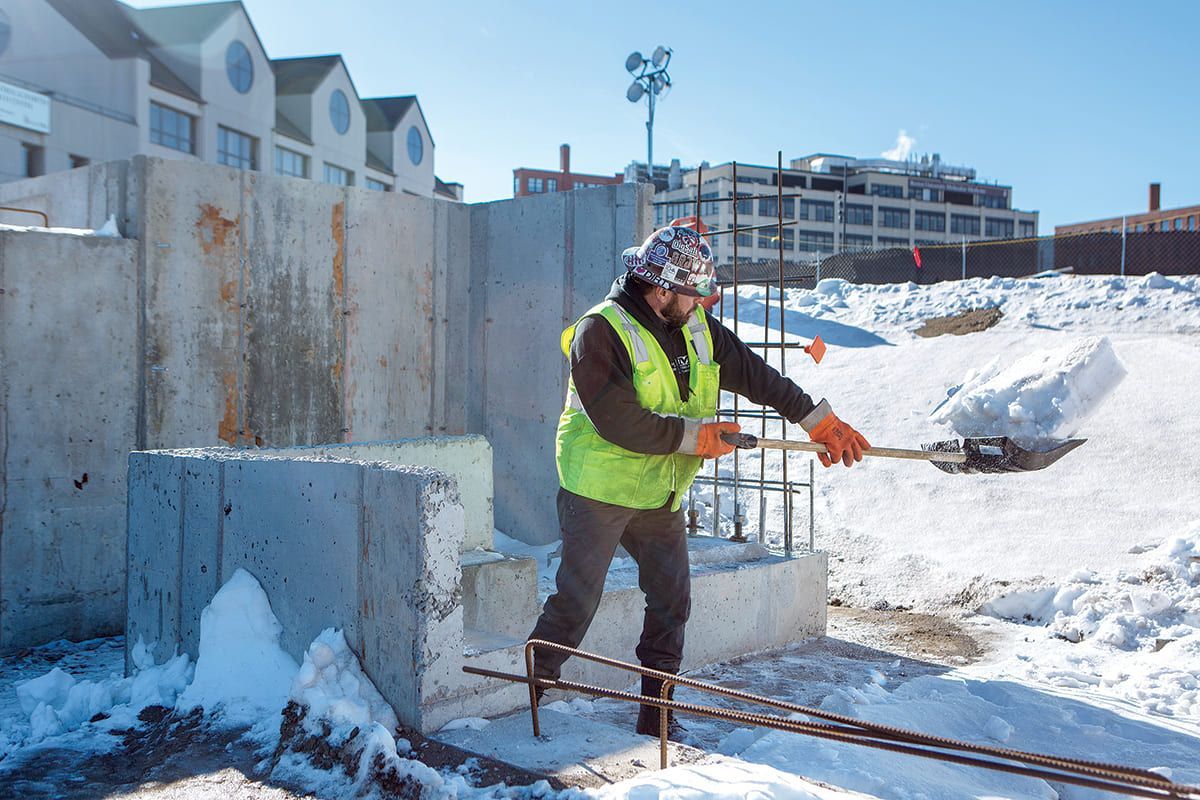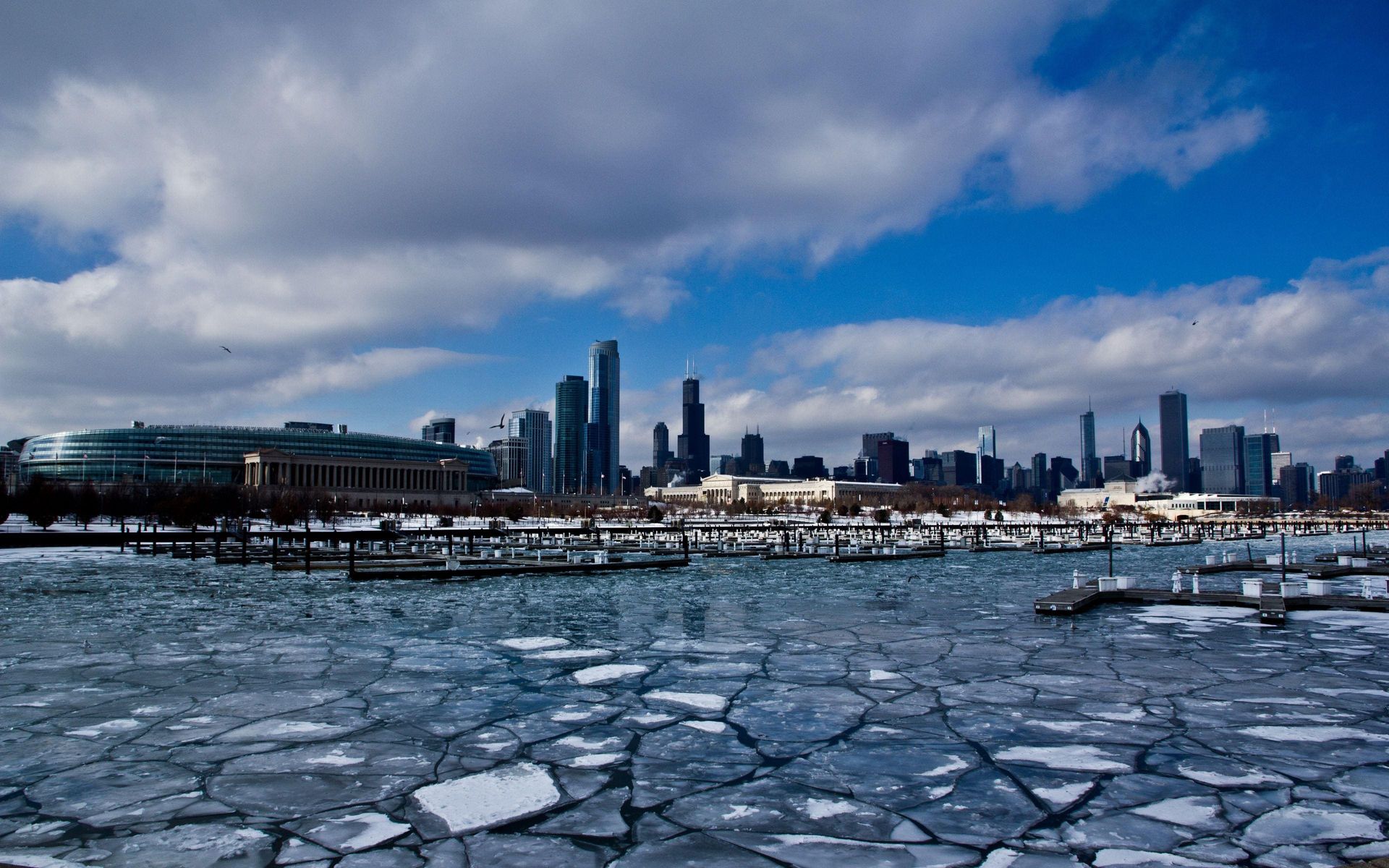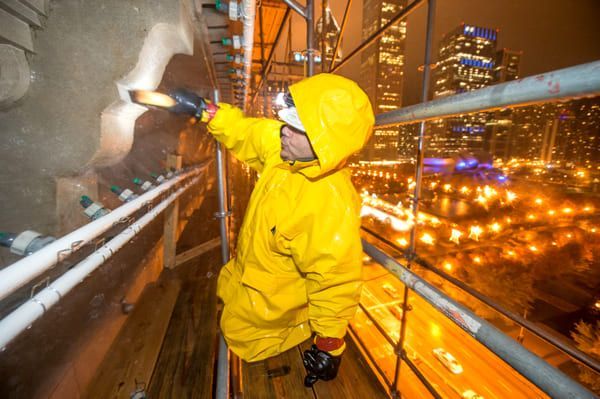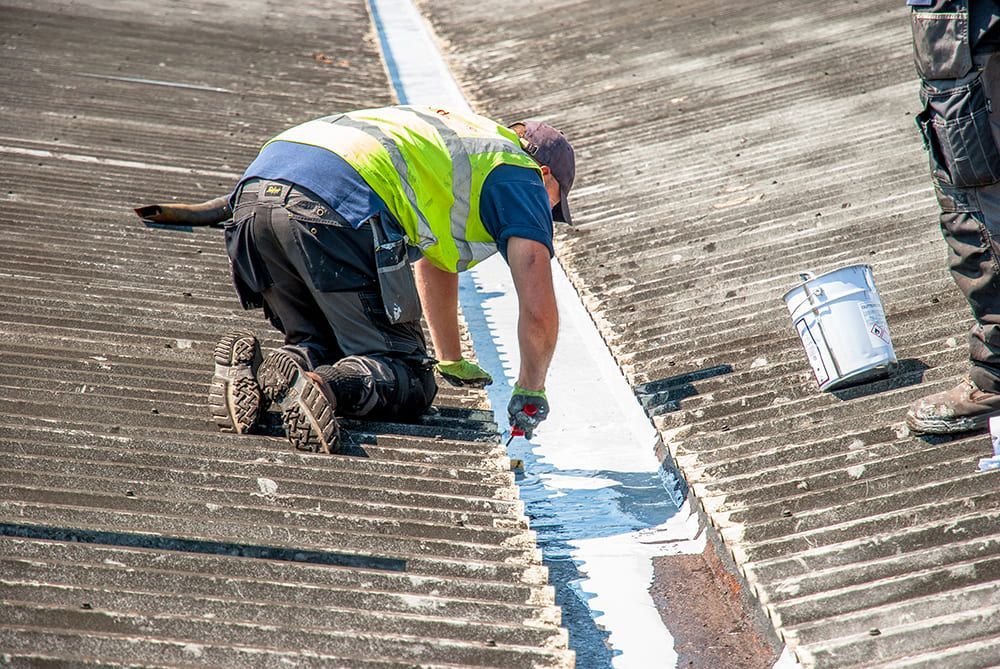As fall arrives, property managers, facilities teams, and engineers in Chicago know winter isn’t far behind. Subzero temperatures, snow, and frequent freeze-thaw cycles can put serious stress on your masonry structures. A fall inspection helps you identify issues before they turn into expensive repairs or safety hazards.
Here are the key areas to focus on before winter sets in.
1. Check Masonry for Structural and Surface Damage
Cold weather can turn minor masonry issues into major structural problems. What seems like a small crack in the fall could lead to spalling, water infiltration, and even facade instability by spring.
Key areas to inspect:
- Cracks in masonry and facades – Water expands when it freezes, making existing cracks worse.
- Mortar joint deterioration – If mortar is crumbling or missing, tuckpointing can restore your buildings’ stability before winter damage worsens.
- Spalling concrete – Flaking or broken concrete indicates deeper issues that should be handled before the freeze-thaw cycle speeds up deterioration.
- Sealant and caulking failures – Water infiltration through failing joints is a major contributor to masonry deterioration. Replacing worn sealants can prevent high-cost repairs.
Industry insight: According to the International Institute of Building Envelope Consultants (IIBEC), weather-induced moisture is the primary ingredient for masonry deterioration.
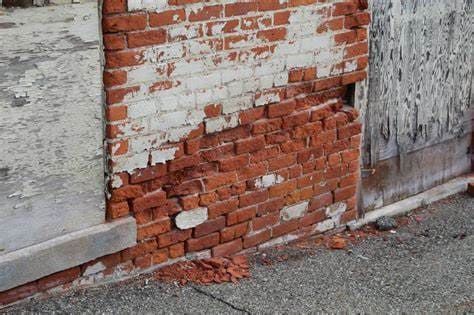
2. Evaluate Water Management Systems
Masonry naturally absorbs water, which becomes a problem when temperatures drop. A building’s drainage system plays a big role in preventing water-related damage.
Key checks:
- Balcony and terrace drainage – Standing water increases the likelihood of deterioration and should be addressed before freezing temperatures set in.
- Gutters and downspouts – Make sure they are clear and directing water away from the building.
- Masonry sealers and coatings – If protective treatments are failing, reapplying them before winter can help reduce water penetration.
Fact: The National Institute of Health reports that when water freezes and expands by 9%, it exerts pressure on the surrounding material. If this pressure exceeds the material’s tensile strength, cracks will form.
3. Schedule Necessary Repairs Before Winter Hits
Fall is the last opportunity to complete necessary masonry work before low temperatures make certain repairs unsuitable. Key projects to consider include:
- Tuckpointing for deteriorating mortar joints – Restoring damaged mortar prevents structural weakening.
- Concrete and facade restoration – Managing visible damage now prevents expensive emergency work in winter.
- Sealant replacement – Making sure expansion joints and facade connections are properly sealed can prevent freeze-thaw damage.
Data to note: Field Eagle states that regular maintenance can help improve the longevity of your building, reducing long-term repair costs.es, go to Site Theme.
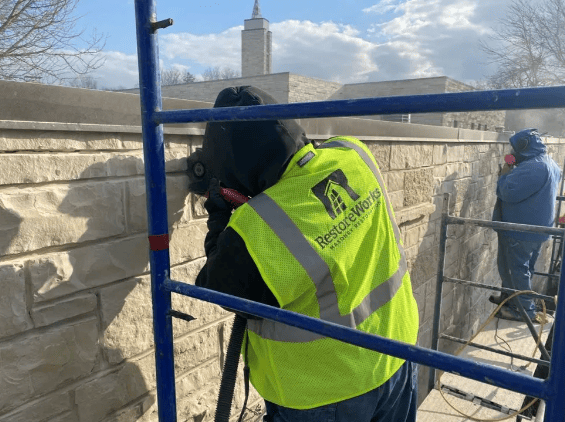
4. Address Staining and Contaminant Buildup Before Snow Falls
Efflorescence, biological growth, and atmospheric pollutants can trap moisture and weaken masonry over time. A professional cleaning before winter helps:
- Remove contaminants that accelerate freeze-thaw damage.
- Improve adhesion for protective coatings and sealers.
- Enhance the building’s appearance before winter grime accumulates.
Industry fact: According to Prosoco, properly sealed masonry can reduce water absorption by 96%, significantly reducing freeze-thaw deterioration.
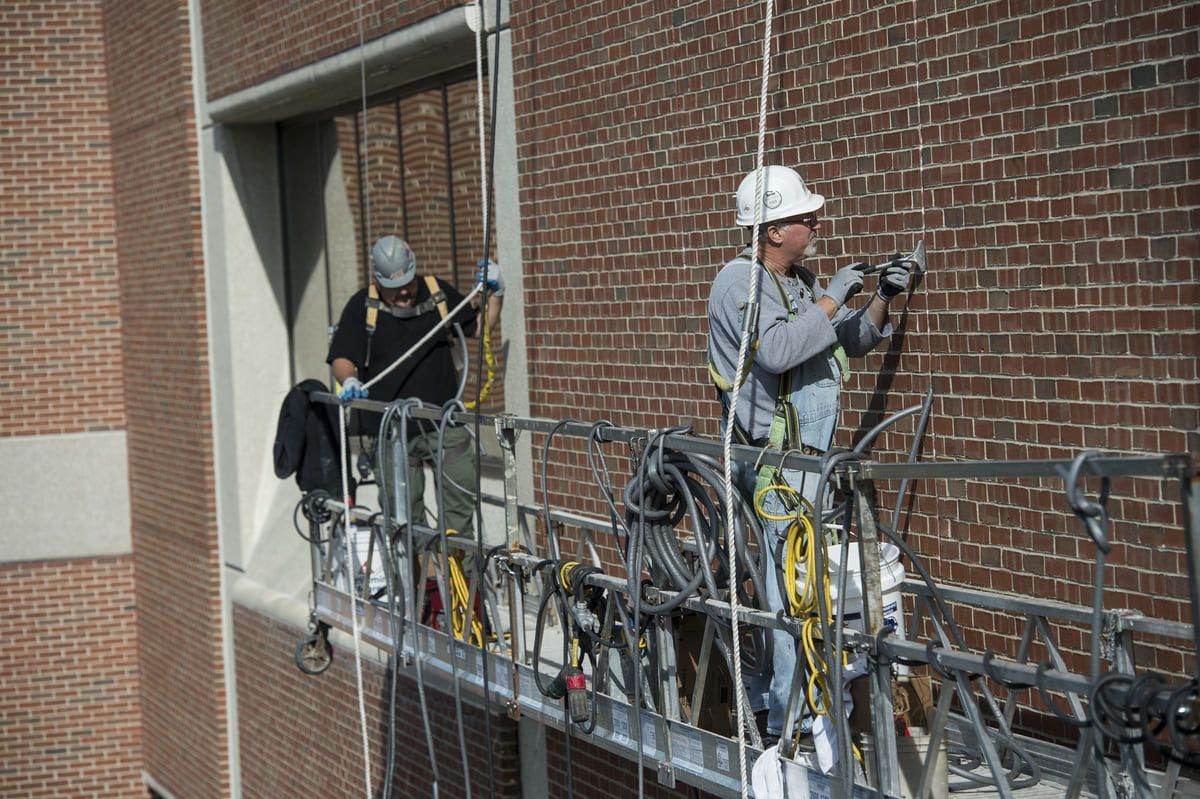
5. Plan for Spring, But Prioritize Critical Repairs
Some large-scale restoration projects can wait until spring, but urgent issues should be addressed before winter. A strategic plan should identify:
- Immediate repairs – Structural concerns, water infiltration risks, and safety hazards should be fixed before cold weather arrives.
- Spring projects – Large-scale restoration work that can be scheduled in warmer months without jeopardizing safety.
Being proactive reduces risks, lowers costs, and helps keep properties safe during the winter months.
Make Sure Your Property is Winter-Ready with RestoreWorks
Chicago winters are tough, but your building doesn’t have to suffer. RestoreWorks specializes in masonry restoration and repair, helping property managers, engineers, and facilities teams stay ahead of winter-related deterioration.
Schedule a fall masonry inspection today and avoid expensive emergency repairs in the spring.


